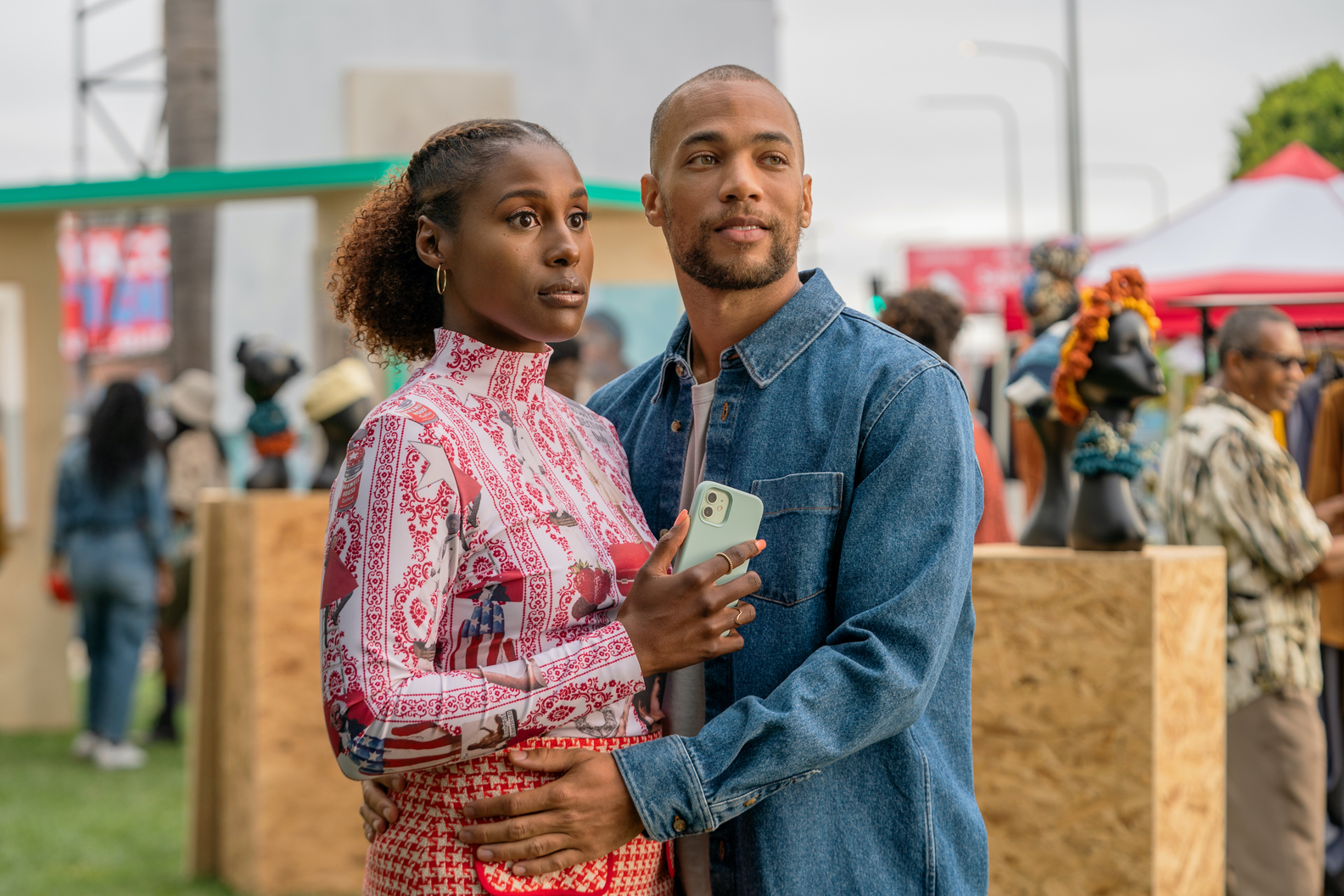Nielsen: On Screen Diversity in TV Shows Increases
But almost one quarter of viewers complained of inaccurate presentation in TV programming, according to a new Nielsen study of diversity in 1,500 TV programs

NEW YORK—A new study of diversity in TV programming across cable, broadcast, and streaming platforms by Nielsen has found that on-screen representation has hit record levels but that many viewers still complain about the way they are represented in TV programming.
The report noted that among the top 1,500 programs during the 2020-2021 TV season 78% of the shows had some presence of racial, ethnic, gender, or sexual orientation diversity but almost a quarter of viewers surveyed in 2021 complained that the way they were represented was inaccurate.
Nielsen's latest Diverse Intelligence Series report, “Being Seen on Screen: The Importance of Quantity and Quality Representation on TV” also reported that 42.2% of the U.S. population is racially and ethnically diverse today, making it is increasingly important for entertainment companies to offer these large and growing audiences programing that has both diverse casts and accurate and relevant storylines.
"If you simply look at that high percentage point, you might think the majority of identity groups are well-covered,” said Stacie de Armas, senior vice president, diverse insights and initiatives at Nielsen. “But lack of representation and diversity in popular content is more nuanced. Looking back at the media moments this year, diverse casts and stories have been in the headlines. Yet, according to Nielsen's recent research, almost a quarter of people still feel that there is not enough content that adequately represents people from their identity group."
The report uncovers notable disparities in representation across all identity groups seen on cable, broadcast, and streaming platforms:
- Black talent is above on-screen parity, yet 58% of Black audiences say there's still not enough representation.
- Hispanic/Latinx broadcast Share of Screen appears close to parity at 22% with in-language programming being a key driver.
- South and Southeast Asian representation remain far below parity, compared to East Asian Share of Screen.
- Native American cultures are inaccurately represented or are missing altogether from America's most watched genres — such as drama, action adventure and reality.
The report “Being Seen on Screen: The Importance of Quantity and Quality Representation on TV” provides detailed metrics across scripted, reality, variety, news and animated programming as well as data on “Share of Screen (SOS)”, which provides the composition of the top 10 recurring cast members in a program and “Inclusion Opportunity Index (IOI)”, which compares the SOS of an identity group (e.g. women) to their representation in population estimates.
One of the major findings of this year’s report, which expanded its dataset from the top 300 to the top 1,500 shows on broadcast, cable, and streaming platforms, was that Black talent is above parity, but for Black audiences, parity is not enough, with 58% complaining that there was not enough representation.
The professional video industry's #1 source for news, trends and product and tech information. Sign up below.
On screen representation is driven by the presence of Black men while Black women remain underrepresented.
Last season, the most representative dramas featuring Black women on screen had only 15% Black women writers in their program credits. This was important, the report noted, because Black women writers featured themes like justice, power, and glamour. That contrasted with how Black women are most often represented with such themes as competition and rivalry in other shows.
In terms of the diverse Asian community, East Asian representation was the only of the Asian population truly above parity on streaming at 2.8% in comparison to the population estimate of 2.1%.
South Asian share of screen (SOS) falls below parity, but when examined further South Asian males SOS is actually at parity at 2.3% while South Asian female SOS stands at just 0.3%, the researchers said.
The report also found that Hispanic/Latinx programming is recognizing the inclusion of intersectional groups, such as Afro-Latinx, who over-index in genres such as Action/Adventure, Comedy, Music, Horror, and Reality.
Hispanic/Latinx SOS skewed heavily broadcast at 22.1%, compared to cable at 3.5% and SVOD at 8.5%, Nielsen said.
In-language programming is a key driver for Latinx/Hispanic broadcast, but as the population increasingly diversifies there is a need to broaden intersectional representation, the report said. That’s because more than 20 million Latinos identify as belonging to two or more races, a 567% increase from 2010.
In terms of Native Americans, Nielsen found that their cultures are inaccurately represented or are missing altogether from America's most watched genres—drama, action adventure and reality.
Native American SOS is highest on streaming platforms at 0.4%, but far below parity compared to the population estimate of 1.4%, the report noted. Native American SOS is less than 0.1% across broadcast and cable.
In terms of LGBTQ+ community, Nielsen found that stories featuring queer talent are increasingly highlighting authentic and meaningful narratives. Cable had the highest representation of queer talent at 7.5%, followed by both broadcast and SVOD with less than 4% SOS.
The full report, with more data and insights can be found here.
George Winslow is the senior content producer for TV Tech. He has written about the television, media and technology industries for nearly 30 years for such publications as Broadcasting & Cable, Multichannel News and TV Tech. Over the years, he has edited a number of magazines, including Multichannel News International and World Screen, and moderated panels at such major industry events as NAB and MIP TV. He has published two books and dozens of encyclopedia articles on such subjects as the media, New York City history and economics.

